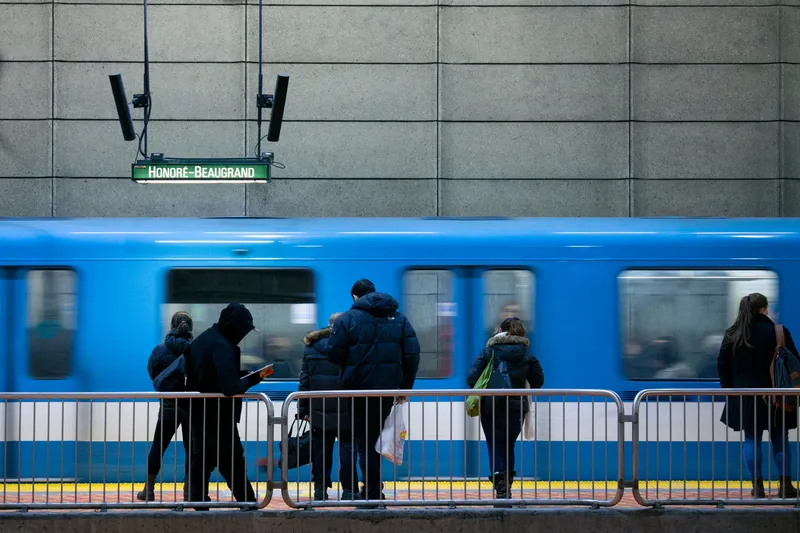French infrastructure manager SNCF Réseau has opted for and HaCon’s train planning system (TPS) as part of their redesign process in terms of managing and creating timetables.
TPS will be implemented for about 650 train planners at SNCF Réseau – HaCon is realizing this major project together with its partners Sopra Steria Consulting, who is managing the consortium, and Cereza/Groupe Talan.
Within the framework of the Système Industriel de la Production des Horaires (SIPH) project, the integration of
April 22, 2015
Read time: 2 mins
French infrastructure manager 6559 SNCF Réseau has opted for and 5550 HaCon’s train planning system (TPS) as part of their redesign process in terms of managing and creating timetables.
TPS will be implemented for about 650 train planners at SNCF Réseau – HaCon is realizing this major project together with its partners Sopra Steria Consulting, who is managing the consortium, and Cereza/Groupe Talan.
Within the framework of the Système Industriel de la Production des Horaires (SIPH) project, the integration of TPS aims at improving rail network efficiency and modernising timetable and train path management in France as well as meeting the needs of railway companies and their customers.
Bernard Clarissou, SNCF Réseau's head of service transformation, is well aware of the upcoming business challenges that include opening up to competition, the growing needs of rail operators in terms of service quality, the railways authorities' requirements as well as the European standardisation guidelines. "Today, TPS is the most successful and efficient solution available on the market, thanks to its integrated capacity management functionalities," said Clarissou.
TPS will be implemented for about 650 train planners at SNCF Réseau – HaCon is realizing this major project together with its partners Sopra Steria Consulting, who is managing the consortium, and Cereza/Groupe Talan.
Within the framework of the Système Industriel de la Production des Horaires (SIPH) project, the integration of TPS aims at improving rail network efficiency and modernising timetable and train path management in France as well as meeting the needs of railway companies and their customers.
Bernard Clarissou, SNCF Réseau's head of service transformation, is well aware of the upcoming business challenges that include opening up to competition, the growing needs of rail operators in terms of service quality, the railways authorities' requirements as well as the European standardisation guidelines. "Today, TPS is the most successful and efficient solution available on the market, thanks to its integrated capacity management functionalities," said Clarissou.










